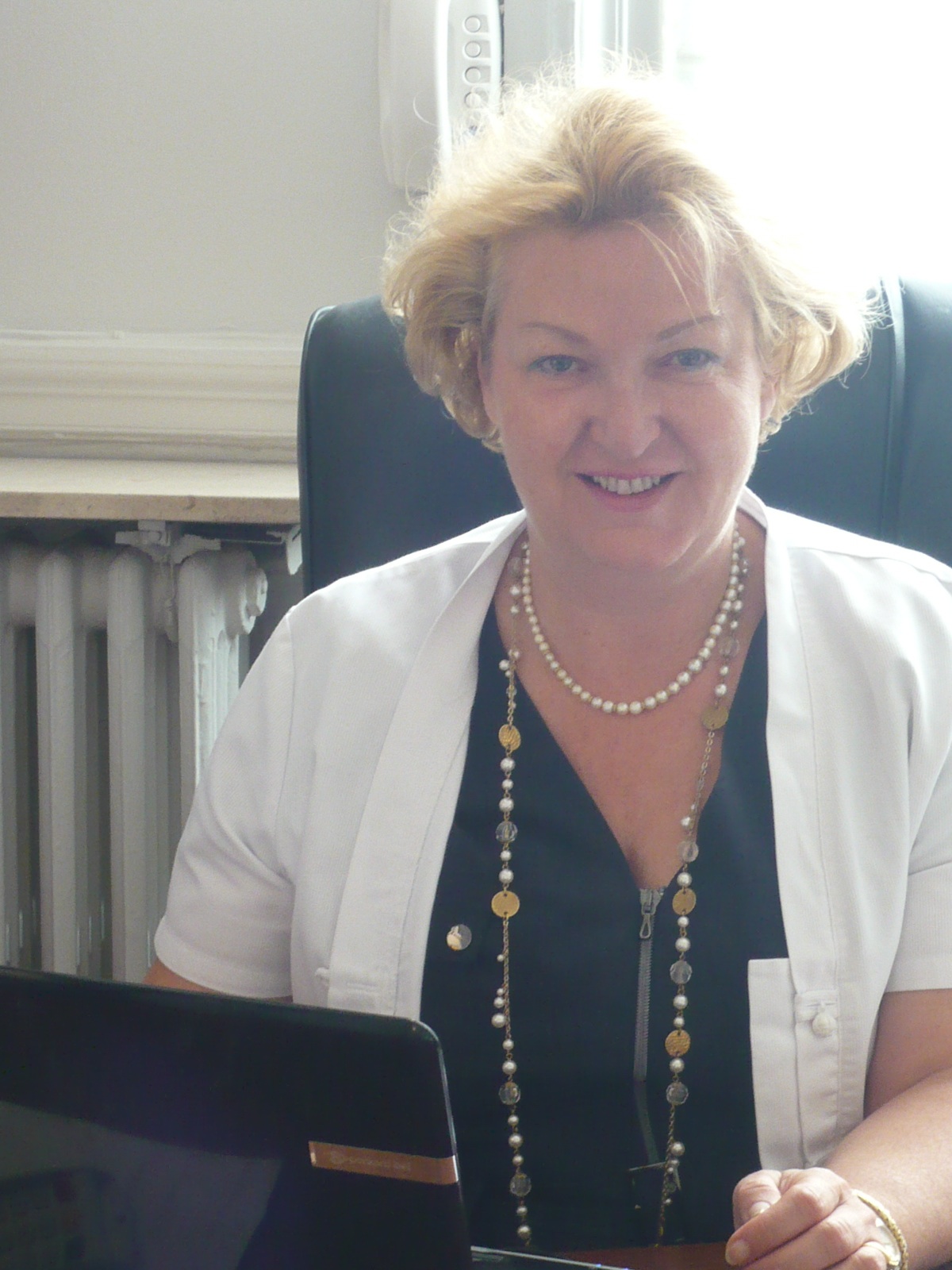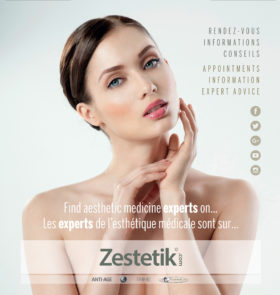By Doctor Catherine de Goursac
Stretch marks often deface the bodies of young women, pregnant woman and those who lose weight too quickly. Here are some solutions to tone down their appearance or even erase them. 
These unsightly marks, which are pink when they first appear and turn pearly white once they have settled in, appear on the breasts, abdomen, thighs and buttocks of nearly 90% of all women when the skin is stretched too tight and/or subjected to high levels of hormones. They affect young girls during puberty, pregnant or breastfeeding women, women who gain or lose weight rapidly, and also those who suffer from high stress levels, which leads to the production of cortisol. The treatments, which are becoming more and more effective, differ according to how established the stretch marks are and the colour of the marks in question.
Pink stretch marks, the easiest to erase
When they are still pink, i.e. when they have only just appeared, stretch marks can be treated using a daily application of acidic vitamin A cream. Due to the irritation that this cream provokes in the dermis and epidermis, the acidic vitamin A stimulates the production of collagen and elastin. This halts the formation of these cutaneous cracks. This is the go-to treatment for young girls aged 12 to 14 who are going through puberty. Unfortunately, it cannot be prescribed during pregnancy, as this highly powerful active ingredient is contraindicated for women who are pregnant or breastfeeding.
Varied and complementary treatments for pearly-white stretch marks
Established stretch marks can never disappear completely, but a combination of suitable actions can make them fade. These are:
– Carboxytherapy: The injection of medical CO2, both at the surface and into the deep dermal layers all the way along the stretch mark, causes hyper-oxygenation inside the tissue, which then produces more elastic fibres.
From the third 30-minute session, the skin is less crinkled and the damaged skin gradually recovers its colour. Plan to have 8 to 12 sessions, leaving 15 days in between treatments.
– Mesolift: By using mesotherapy to inject revitalising and hydrating active ingredients such as hyaluronic acid, amino acids and antioxidant vitamins, we can reboot fibroblast activity and collagen and elastin production without discomfort, thanks to the anaesthetic in the syringe. Plan to have 4 to 5 sessions, leaving 15 days in between sessions, plus a top-up session every 2 months.
– Micro-needling: This technique uses a device equipped with adjustable-length, single-use, sterile micro-needles, which prick along the length and depth of the stretch mark. The practitioner then applies a revitalising cocktail, which again will boost fibroblast activity. A local anaesthetic can also be applied to make the session less painful.
– Radiofrequency: The high-frequency magnetic waves emitted by these devices penetrate the epidermis and heat the dermis to a temperature of 60 to 65°C, which again stimulates cell activity. Used as a complement to other techniques, radiofrequency enables us to optimise their results.
Cosmetic and anti-aging doctor. Author of more than 30 publications, Member of the board of directors of the AFME and the FSMEA.








